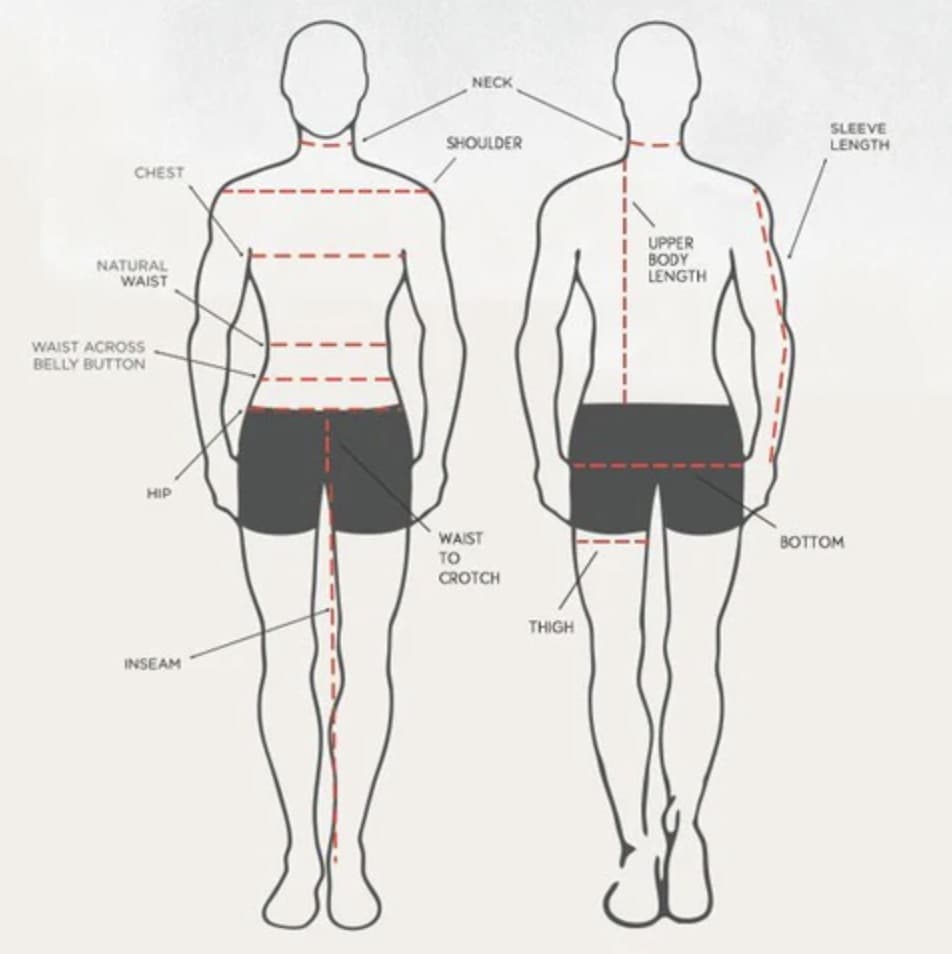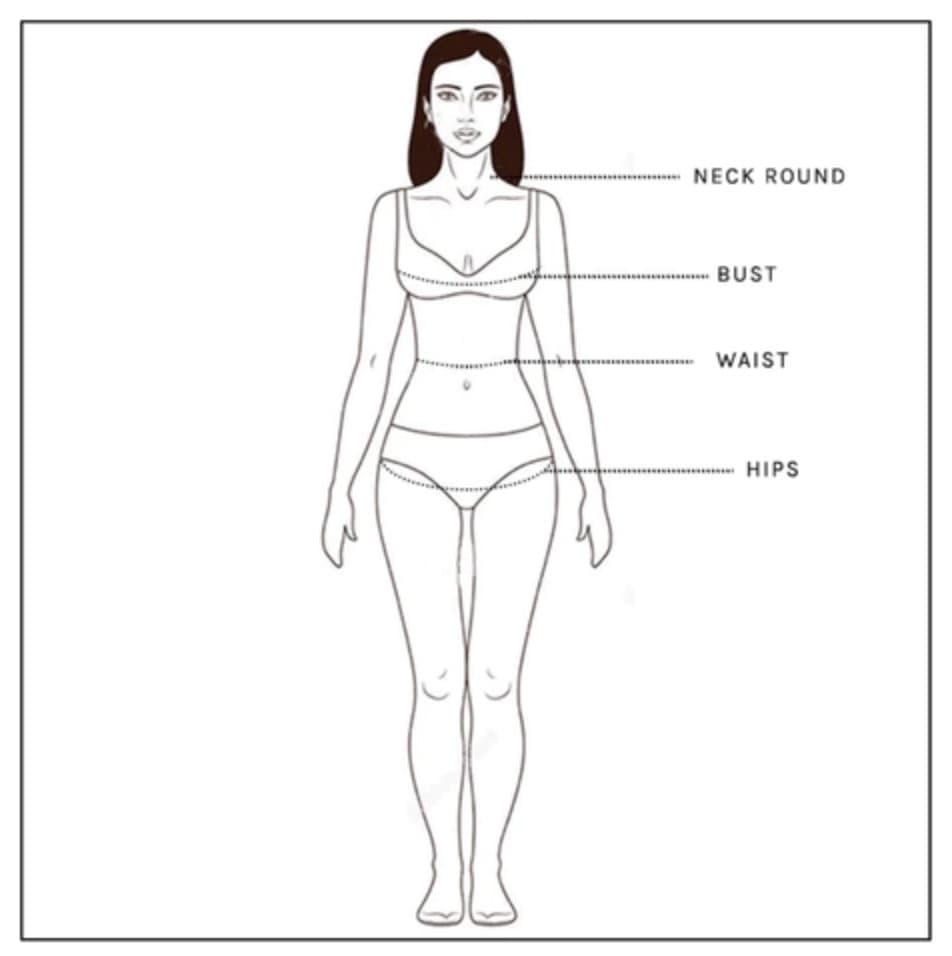Waist to height ratio:
Enter your details
Waist to Height Ratio Chart for Men
Calculate your waist to height ratio for men using the waist to height ratio calculator (whtr calculator) and then use the chart below to measure your results.
| Age | Adult | Child (under 16) |
|---|---|---|
| Underweight | < 0.34 | < 0.34 |
| Slim | 0.34 - 0.42 | 0.34 - 0.45 |
| Healthy | 0.42 - 0.48 | 0.45 - 0.51 |
| Overweight | 0.48 - 0.53 | 0.51 - 0.63 |
| Obese | > 0.53 | > 0.64 |
Waist to Height Ratio Chart for Women
Calculate your waist to height ratio for women using the waist to height ratio calculator (whtr calculator) and then check the chart below to measure your results.
| Age | Adult | Child (under 16) |
|---|---|---|
| Underweight | < 0.34 | < 0.34 |
| Slim | 0.34 - 0.41 | 0.34 - 0.45 |
| Healthy | 0.41 - 0.48 | 0.45 - 0.51 |
| Overweight | 0.48 - 0.53 | 0.51 - 0.63 |
| Obese | > 0.53 | > 0.64 |
Table of Contents
What is the Waist to Height Ratio?
The waist-to-height ratio, commonly known as the waist-to-stature ratio (WSR), is the waist circumference divided by height in the same units (metric or English). The WHtR is a fat distribution metric.
How to Measure Your Waist
The waist should be measured using a stretchable tape. You need to measure the waist circumference at the halfway between the last palpable rib and the top of the iliac crest.
How to Measure Your Waist to Height Ratio
To measure your waist to height ratio, follow these steps:
- Measure your waist circumference in centimeters.
- Measure your height in centimeters.
- Divide your waist circumference by your height.
Your ratio is the result of this calculation.
Why Do We Calculate Waist to Height?
As much as we're all against body shaming, the truth is that it's important to know your body and monitor it regularly. Body shaming is a sad reality that plagues us, but what we can do is stay healthy, and know our limits and our body's limits.
If you are concerned about your future health, then being aware of your waist to height ratio or your waist to hip ratio might be a good way of detecting risks at an early stage. Awareness is key to making change and being in control of your health.
Is the Measurement Accurate?
Because it accounts for the distribution of abdominal fat, which is known to raise the aforementioned hazards, statistical data suggests that WHtR is a stronger predictor of cardiovascular, diabetes, and stroke risk than the body mass index (BMI).
In terms of cardiometabolic risk, abdominal fat has a greater impact on organs like the heart, liver and kidneys than fat around the hips and bottom. Therefore we might conclude that calculating waist to height is a more accurate way to determine the risks of serious health issues at an earlier stage.
When Should You Use the Waist-to-Height Ratio?
The waist-to-height ratio is a simple method of determining if you are at risk for potential health problems. You can compute this ratio by simply obtaining your waist measurement and your height measurement and multiplying them. The result will be the ratio which can help you determine if you are at risk for potential health risks or not.
The waist to height ratio is a powerful tool if you want to spot the signs of early medical risks. It is a simple calculation where you measure your waist and height and compare the numbers. A healthy waist to height ratio is less than 0.5, but it is not the only indicator of a healthy life. A healthy diet and regular exercise are also essential.
What is an Ideal Waist to Height Ratio?
Most health experts recommend a ratio of between 0.45 and 0.5 for optimal health.
Guidelines published by the UK's National Institute for Health and Care Excellence suggest that adults should "ensure their waist size is less than half their height in order to help stave off serious health problems" (Source: The Guardian).


Why Medical Specialists use the Waist-to-Height Ratio
Researchers from the University of Bath claim that a simple waist to height ratio is a far better way of spotting the signs of early health risks than BMI. That's because BMI (Body Mass Index) doesn't take into account how fat is distributed throughout the body.
For example, someone might have a body shape where they store fat around their stomach, which can be just as dangerous as carrying it on their hips. The new index takes into account the waist measurement of a person compared to their height.
The university's study shows that the new measure, the waist-to-height ratio (WHtR), can identify obesity-related health risks far more accurately than BMI.
The study is published in the European Journal of Clinical Nutrition. Lead author Dr. Paul Marfurt said: "A WHtR of 0.5 is associated with the lowest mortality, and greater values are associated with a greater risk of disease and death, but even those with a WHtR of 0.5 are at increased risk."
FAQS
Waist-to-Height Ratio (WHtR) is a measurement that assesses the distribution of fat around the abdomen in relation to height. It is calculated by dividing the waist circumference by the height.
WHtR is calculated using the following formula: WHtR = Waist Circumference (in cm) / Height (in cm). The result gives a ratio that indicates the distribution of fat around the abdomen.
A WHtR of 0.5 or less is generally considered healthy and is associated with a lower risk of obesity-related health issues. However, individual health goals and risk factors should be taken into account. Consulting with a healthcare professional for personalized assessments is recommended.
WHtR is considered a useful health indicator because it specifically focuses on abdominal fat, which is known to be a significant risk factor for various health conditions, including heart disease and diabetes. It provides a more targeted assessment compared to other measures like BMI.
WHtR is a useful indicator for a wide range of individuals, including adults and children. It can be particularly valuable for those at risk of central obesity-related health issues. However, like any health measurement, it should be considered alongside other factors and discussed with a healthcare professional for personalized assessments.
Yes, WHtR can be a valuable tool for tracking changes in abdominal fat and overall health. By periodically measuring waist circumference and height, individuals can monitor their progress in terms of reducing central obesity and improving overall health.